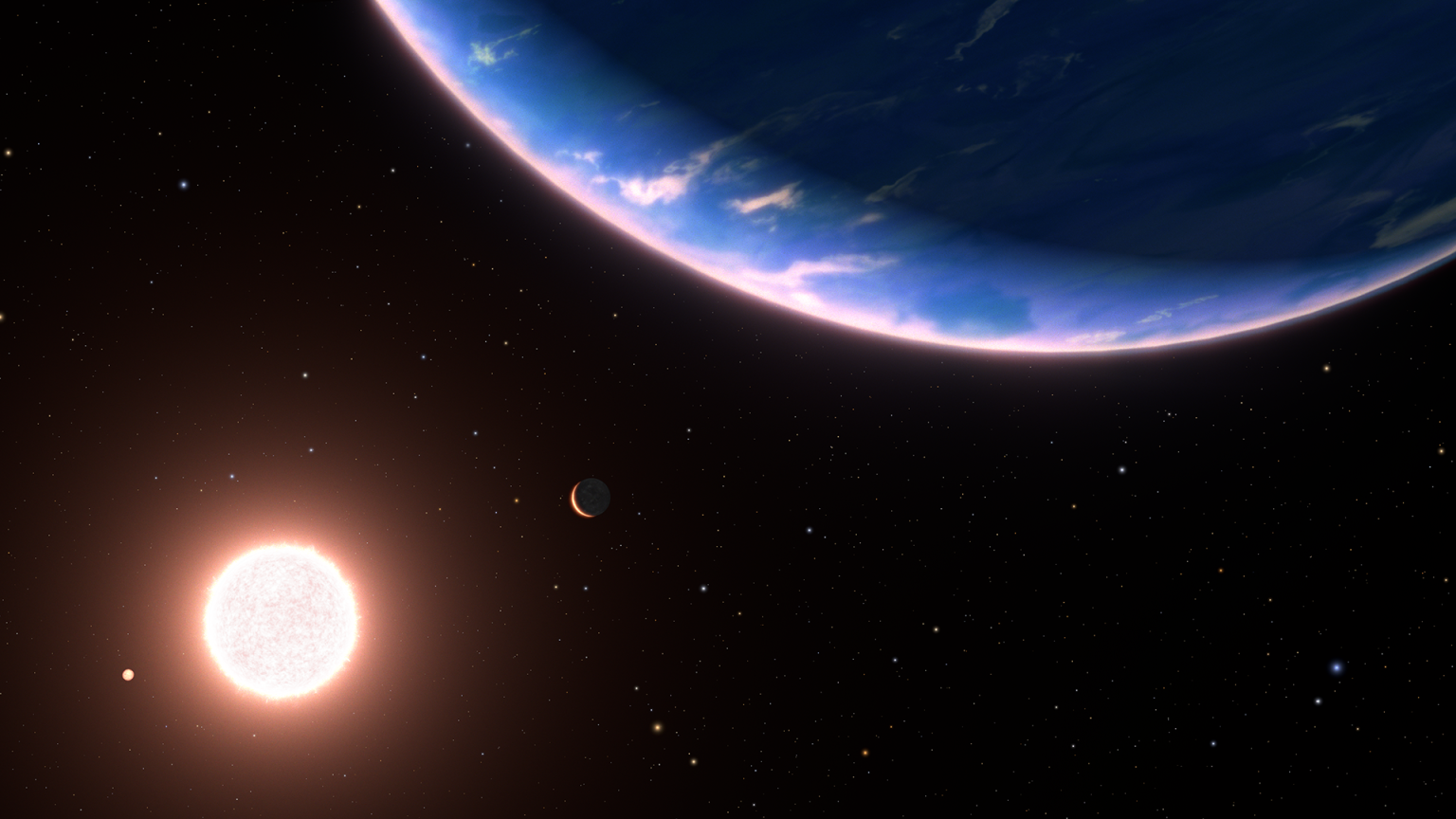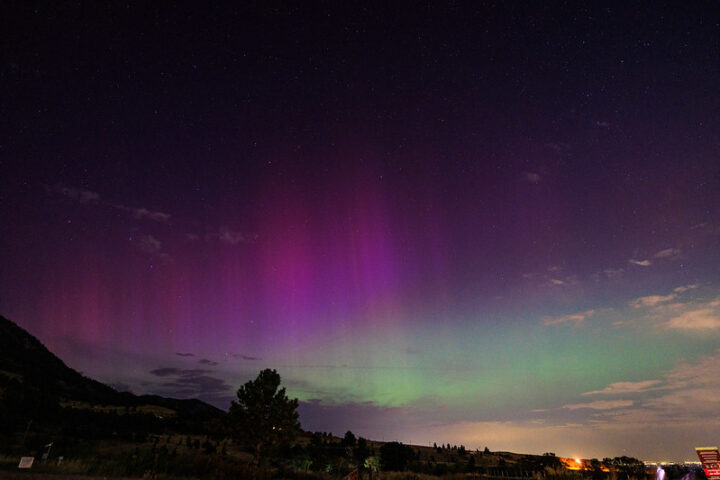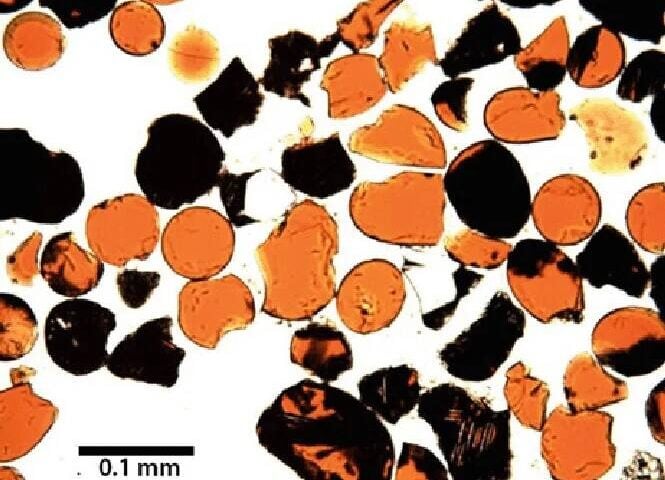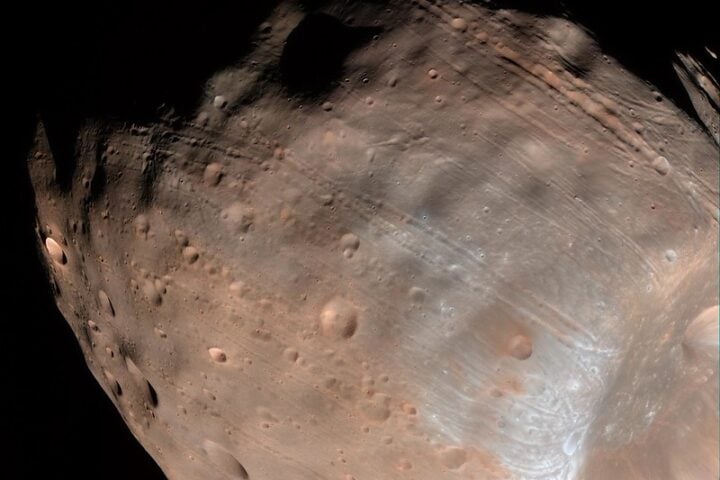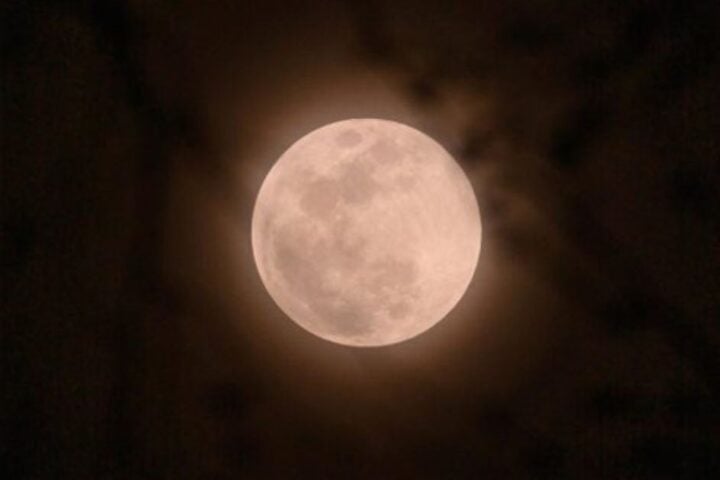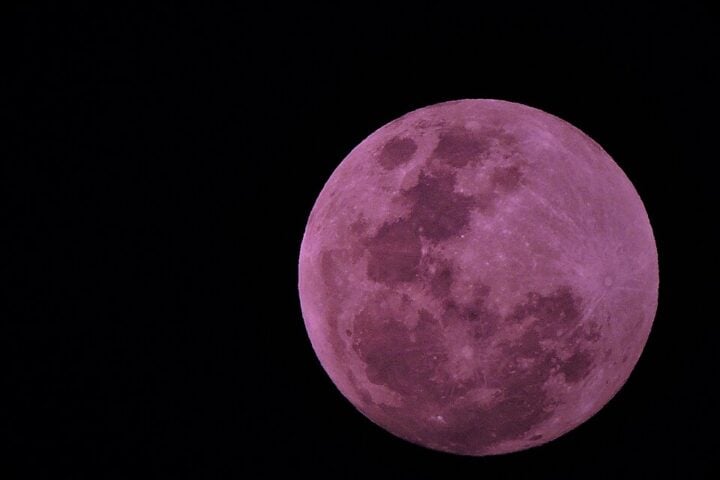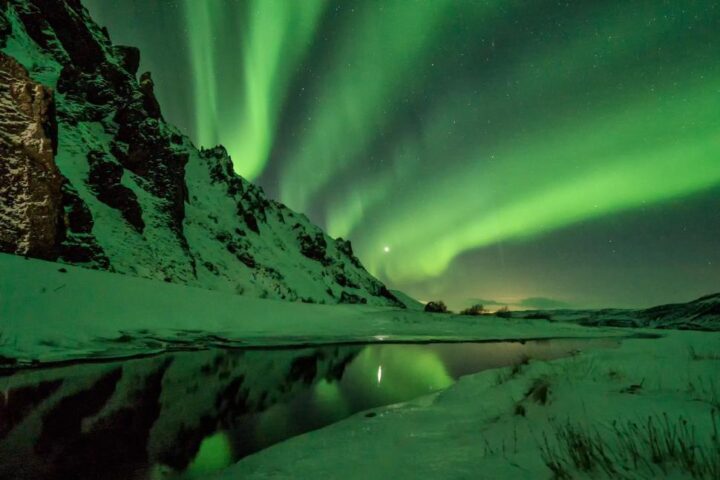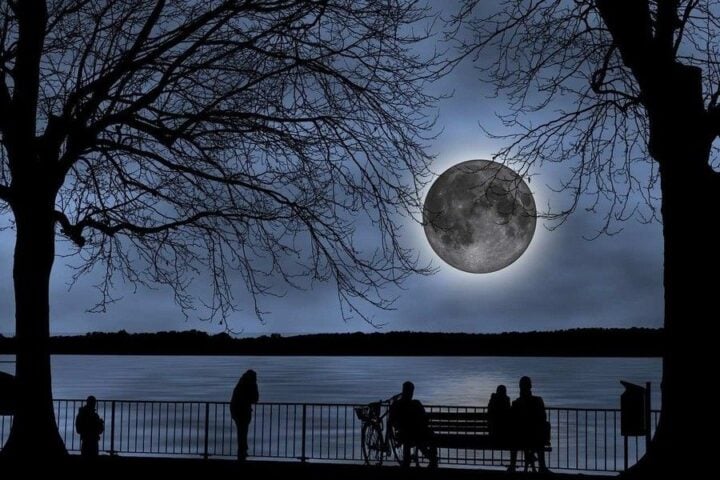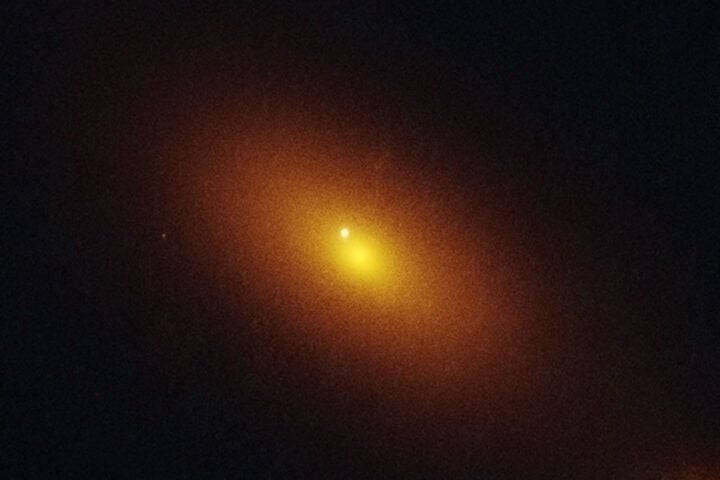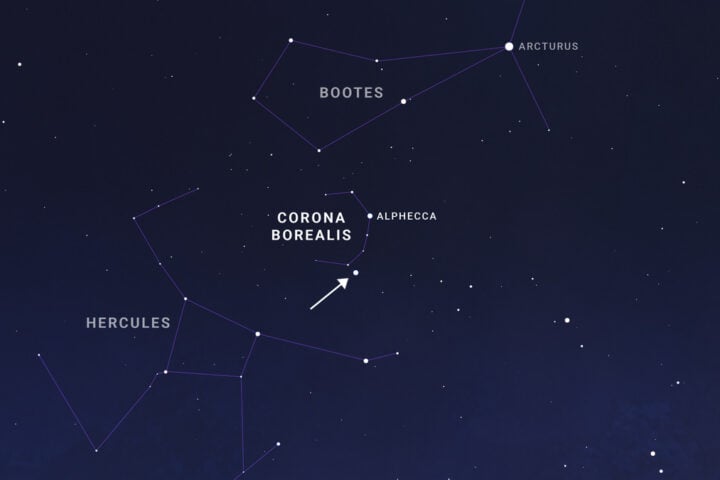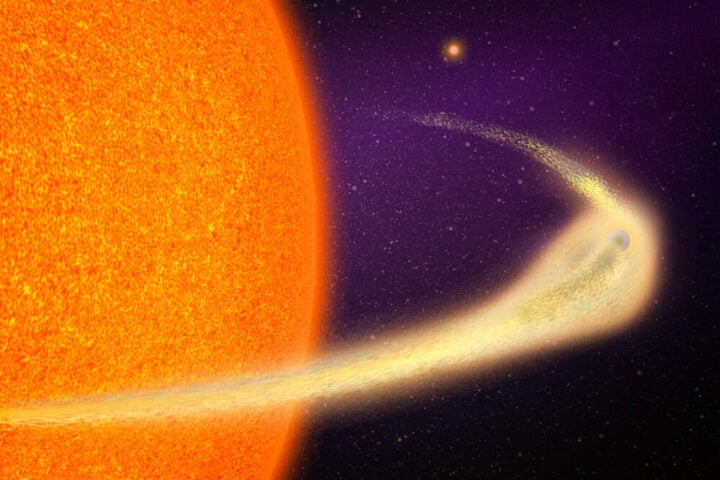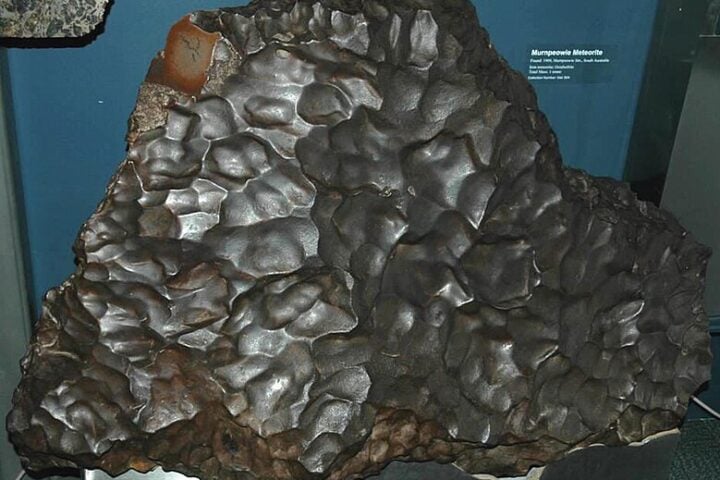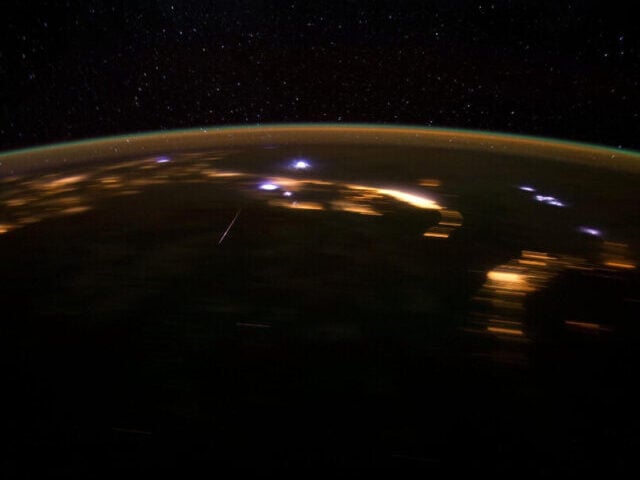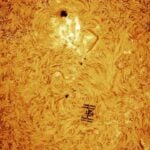NASA’s Hubble Space Telescope has identified water vapor in the atmosphere of exoplanet GJ 9827d, a noteworthy finding in the field of exoplanetary science. The exoplanet, which is located 97 light-years away in the constellation Pisces, is roughly twice as big as Earth and revolves around a red dwarf star every 6.2 days. The fact that atmospheric water vapor has been detected on the tiniest exoplanet, GJ 9827d, makes this accomplishment noteworthy.
This discovery, made under the direction of Université de Montréal in Canada, was released in The Astrophysical Journal Letters. Björn Benneke from Université de Montréal emphasized the importance of this discovery, saying, “This would be the first time that we can directly show through an atmospheric detection that these planets with water-rich atmospheres can actually exist around other stars.” This finding contributes to our understanding of the diversity of rocky planet atmospheres.
Two possible possibilities about the atmosphere of GJ 9827d have been suggested. It might be a larger counterpart of Jupiter’s moon Europa, which has substantial water reserves beneath its surface, or a miniature Neptune, with a hydrogen-rich atmosphere dotted with water. According to ideas about the planet’s creation, it may have originated far from its star, in a zone with a lot of water ice and a lower temperature, before moving to its present location. Alternatively, there’s a chance that the planet formed close to its blazing star and had some water in its atmosphere.
Similar Posts
If the planet’s atmosphere is mostly made of water vapor, it must be a hot, steamy place given its high temperatures, which are comparable to those of Venus at about 800 degrees Fahrenheit. The discovery of atmospheric water vapor was made possible by the Hubble Space Telescope’s investigation, which comprised 11 transits of the planet across its star over a three-year period. This is conceivable because water vapor may be detected above clouds since the planet’s clouds are low enough to not hinder Hubble’s view.
Astrophysicist Thomas Greene of NASA’s Ames Research Center emphasized the discovery’s wider ramifications. “Observing water is a gateway to finding other things,” he said, highlighting how the James Webb Space Telescope’s next research on these planets will be made possible by this Hubble discovery. Other infrared wavelengths that the JWST can observe may reveal other compounds, such as methane, carbon dioxide, and carbon monoxide.
